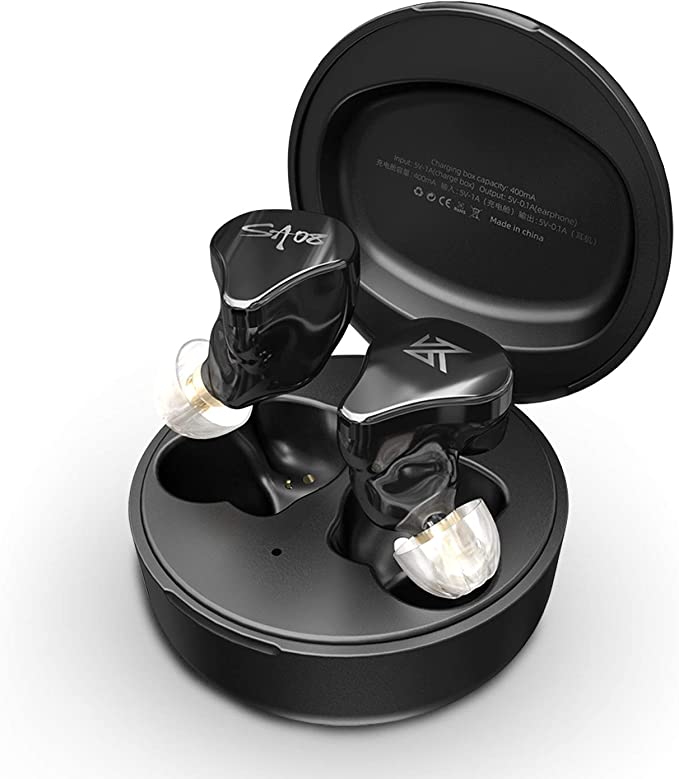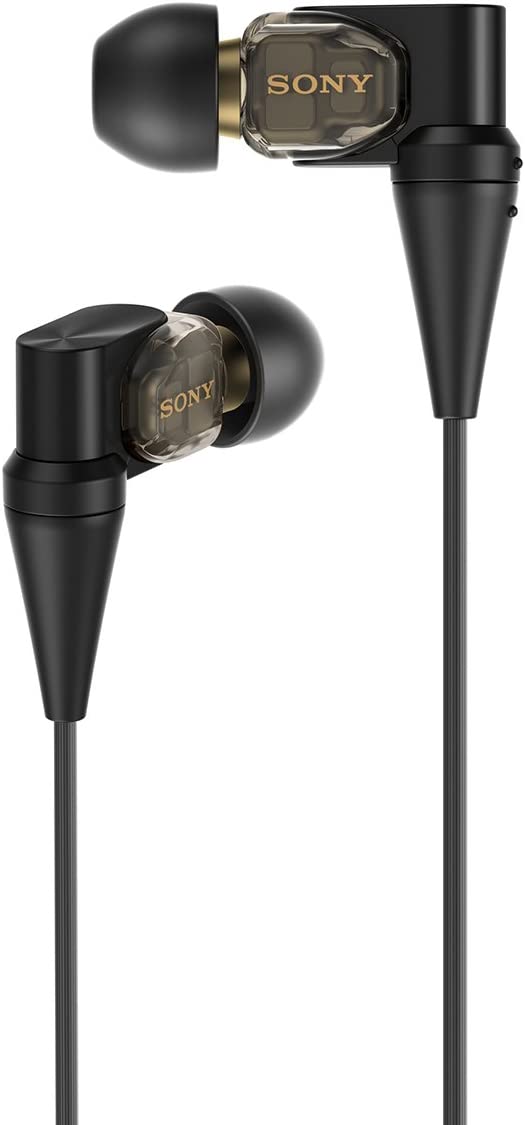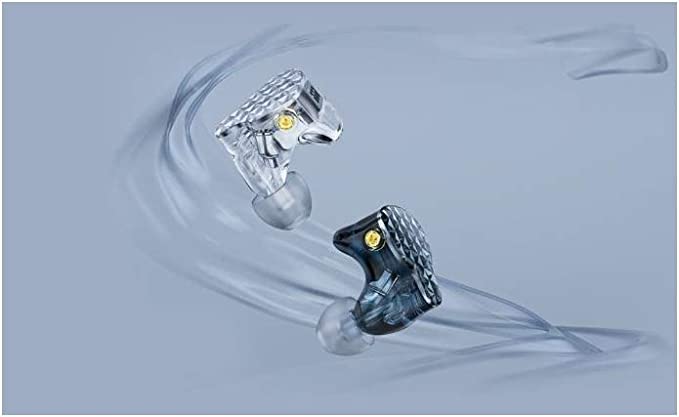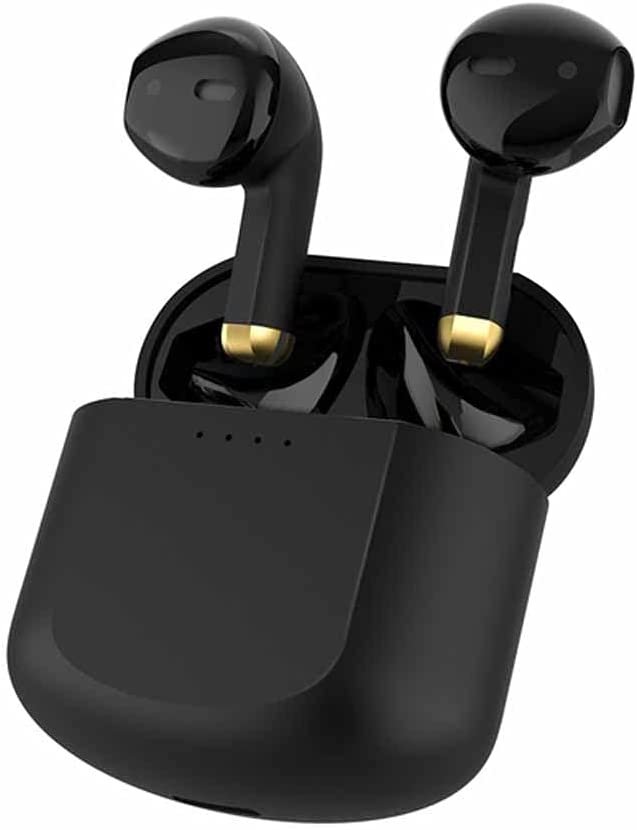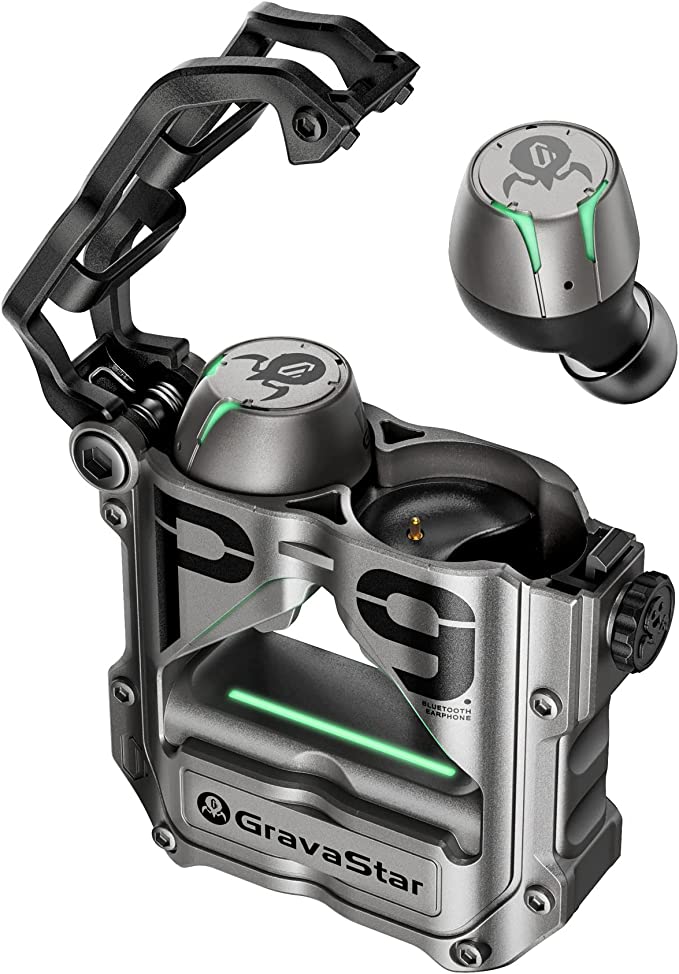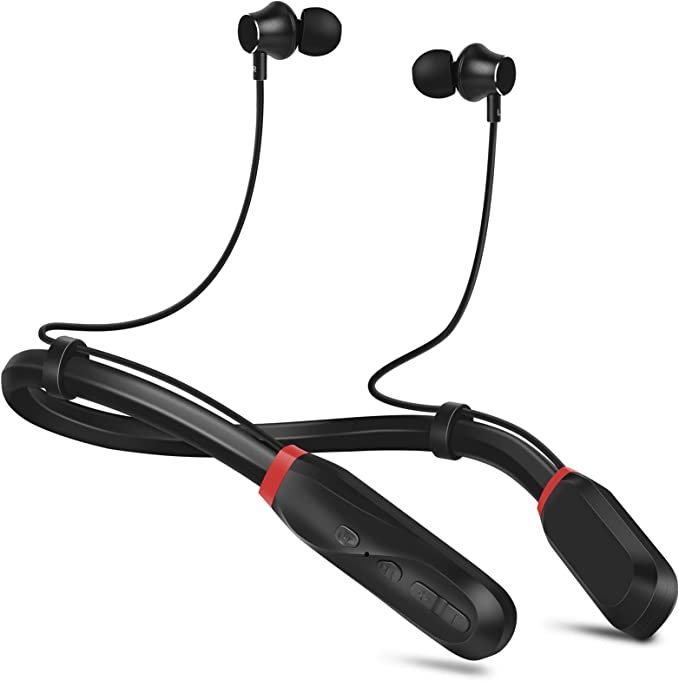YASEZ Headphones Touch Control: Dive into Sound Without the Noise
Update on Aug. 4, 2025, 3:15 p.m.
It starts with a flicker on a screen. A product page, dense with technical jargon, promises an unparalleled audio experience. You see familiar terms like “Bluetooth 5.0” and “Touch Control,” but then, something catches your eye. A curious phrase, a ghost from another era: “Full Frequency HIFI Moving Iron.”
What does that even mean? Is it cutting-edge technology or a relic from the past? It’s a puzzle. And for us, it’s an invitation. This isn’t a review of the “YASEZ Headphones” or any single product. Instead, we’re going to use this one enigmatic phrase as a key to unlock the workshop of audio history and science. Let’s put on our proverbial lab coats, peel back the plastic shell, and journey into the very soul of the sound in your ears.

The Unseen Heartbeat: A Journey Inside the Soul of Sound
At the core of any headphone, from the cheapest pair to the most exorbitant, lies a transducer—a device that performs the magical act of turning electrical signals into physical sound waves. The product page mentioned “Moving Iron,” a term that sends audiophiles and historians down a fascinating rabbit hole.
An Echo from the Past: The Curious Case of “Moving Iron”
To find the roots of the moving-iron driver, we must travel back to the dawn of electronic audio, to the workshops of Alexander Graham Bell. The very first telephone receivers operated on a similar principle. Imagine a flexible iron diaphragm placed near an electromagnet. As the electrical current from the telephone line—encoded with the vibrations of a human voice—flows through the coil, the magnetic field fluctuates. This changing field pulls and pushes on the iron diaphragm, forcing it to vibrate and recreate the sound of the speaker’s voice.
It was revolutionary, but primitive. This historical “moving-iron” design was simple and robust, but it struggled to reproduce the full spectrum of sound faithfully. So, is this 19th-century technology what’s in a modern earbud? Almost certainly not. The term is likely being used loosely, perhaps as a marketing gimmick, or more probably, as a slightly inaccurate translation for the modern marvel that is the balanced armature driver.
The Precision Artist: Balanced Armatures and the Sparkle of Detail
The balanced armature (BA) is the true heir to the moving-iron concept, refined to an incredible degree of precision. Picture a miniature seesaw (the “armature”) made of iron, perfectly balanced between the poles of a permanent magnet. It’s wrapped in a tiny coil of wire. When the audio signal energizes the coil, it causes the armature to pivot rapidly back and forth. This minuscule movement is transferred via a rigid drive rod to a stiff diaphragm, generating sound.
Unlike the brute-force approach of a large diaphragm, the BA’s components are feather-light and move with microscopic precision. Think of it less like a sledgehammer and more like a watchmaker’s tool. This is why balanced armatures are celebrated for their ability to reproduce high-frequency sounds with exceptional clarity and detail—the crisp snap of a snare drum, the delicate shimmer of a cymbal, or the subtle breath in a vocalist’s performance. They are the go-to choice for professional in-ear monitors and high-end audio gear where precision is paramount.
The Modern Powerhouse: Dynamic Drivers and the Pulse of the Bass
While the YASEZ page champions its “Moving Iron” tech, it also claims “Superb bass.” This territory traditionally belongs to the most common type of driver in the audio world: the dynamic driver, also known as a moving-coil driver.
A dynamic driver is essentially a miniature version of a classic loudspeaker. It has a voice coil attached to a cone- or dome-shaped diaphragm. This assembly is suspended in a powerful magnetic field. When the electrical audio signal passes through the coil, it moves back and forth, pushing and pulling the diaphragm with it. Because the diaphragm is much larger and can move more air than its BA counterpart, it excels at producing powerful, impactful low-frequency sounds—the deep, resonant thrum of a bass guitar or the chest-thumping explosion in a movie. It’s the engine of the beat.
The choice between a dynamic driver and a balanced armature is one of engineering trade-offs: the power and warmth of the dynamic versus the precision and clarity of the BA. Some high-end headphones even use a hybrid approach, combining both types to get the best of both worlds.
The Invisible Leash: Weaving Airwaves with Bluetooth
Of course, a driver is useless without a signal. The promise of “Bluetooth 5.0” and a “CSR” chip is the promise of a clean, stable connection. Bluetooth technology itself has a surprisingly poetic origin, named after the 10th-century Viking king, Harald Bluetooth, famed for uniting the tribes of Denmark—just as the technology unites different devices.
The science behind it is even more compelling. The stable connection we take for granted owes a debt to an unlikely source: Hedy Lamarr, the glamorous Hollywood star of the 1940s. A brilliant inventor, she co-patented a “Secret Communication System” during World War II. Her idea, known as frequency-hopping spread spectrum, involved rapidly switching transmission frequencies to prevent enemy interception. This very principle is the foundation of modern Bluetooth, which constantly hops between dozens of frequencies within the 2.4 GHz band to avoid interference and maintain a robust link.
So when a product boasts Bluetooth 5.0, it’s invoking a standard that offers, in theory, greater range and speed than its predecessors. The “CSR” chip, from a company now owned by Qualcomm, is the dedicated brain processing this complex dance, encoding and decoding the audio data that flies through the air.
The Silent Command: A Conversation with Your Fingertips
Once the music reaches the earbuds, you need to control it. The “Touch Control” feature replaces physical buttons with a seamless surface that responds to your touch. This isn’t magic; it’s physics. The technology is called capacitive sensing.
The surface of the earbud hides a grid of electrodes that maintains a constant, tiny electrical field. Your body is a natural conductor, full of water and electrolytes. When your fingertip approaches the surface, it disrupts this field. A small controller chip instantly detects this change in capacitance and interprets it as a command—a single tap for play/pause, a double-tap to skip a track. It allows for a more elegant, water-resistant design and an interaction that feels more fluid and intuitive.
Conclusion: The Empowered Listener
We began with a single, confusing phrase on a product page and ended up on a journey through more than a century of innovation—from telephone receivers to Hollywood inventors, from powerful electromagnets to microscopic, balanced machinery.
Understanding this technology doesn’t just demystify the jargon. It empowers you. When you know the difference between a dynamic driver’s powerful punch and a balanced armature’s delicate detail, you can better interpret what a product is trying to offer. When you understand the history behind Bluetooth, you appreciate the invisible marvel that is a stable wireless connection.
The ultimate quality of any audio product, including the one that sparked our journey, will always depend on the skill of the engineers who assemble and tune these components. The specifications on a page are merely a list of ingredients; the final dish is all in the execution. But now, armed with knowledge, you are no longer just a consumer. You are an informed listener, capable of looking past the marketing and appreciating the incredible science and history that culminates in the simple, profound joy of music in your ears.









